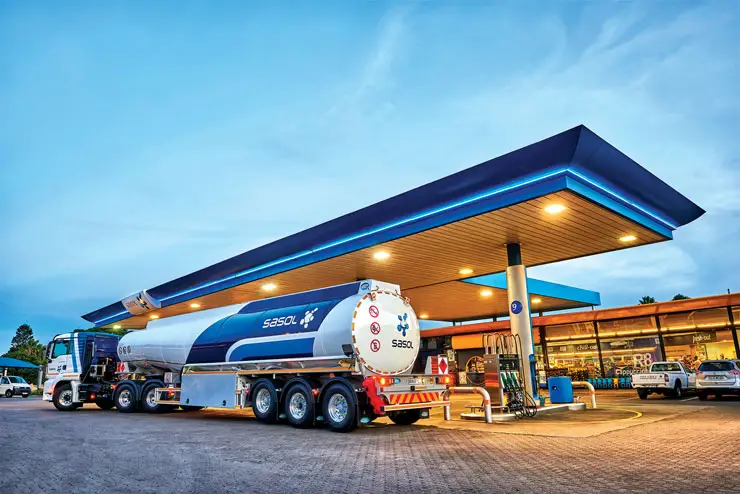Sasol has announced the development of the Boegoebaai green hydrogen project, a potentially huge green hydrogen project that may provide more renewable gas to export markets, create employment, and enhance the country’s economic growth.
Also Read: Solar firm to power hydrogen production at Mogalakwena Platinum Mine, South Africa
The global integrated chemicals and energy firm released the findings of a feasibility study into the potential of Boegoebaai, in the Northern Cape, as a green hydrogen and ammonia export centre yesterday.
Sasol agreed to lead the feasibility study after signing an agreement of understanding with the Northern Cape Development Agency.
The project has the potential to create up to 400 kilotons of hydrogen each year, but it will require 9 gigatonnes of renewable energy to do it.
This is about comparable to 20% of South Africa’s installed capacity.
Priscillah Mabelane, Sasol’s executive vice president for energy, expressed excitement about conducting this feasibility study as part of unlocking South Africa’s potential as a worldwide green hydrogen and green ammonia export player with future sustainable aviation fuels.
Local demand for green hydrogen, according to Mabelane, will also play a role.
Hydrogen decarbonization may help long-haul and heavy-duty transportation, mining, and other sectors. He went on to say that green hydrogen may bring in R100 billion per year to the economy, as well as create employment and improve skills.
Sasol has taken the lead in creating the southern African green hydrogen economy by forging collaborations with a wide range of stakeholders in order to leverage its world-class renewable resource endowment and infrastructure.
The Namakwa Special Economic Zone’s Boegoebaai green hydrogen development has been classified as a Strategic Integrated Project (SIP).
This research will last around 24 months, and the results will decide the next stage of development.
Sasol has also formed a joint venture with the Industrial Development Corporation (IDC) to fund the feasibility study equally.
This effort comes as the government grows more concerned about the private sector’s ability to meet South Africa’s infrastructure finance gap.

